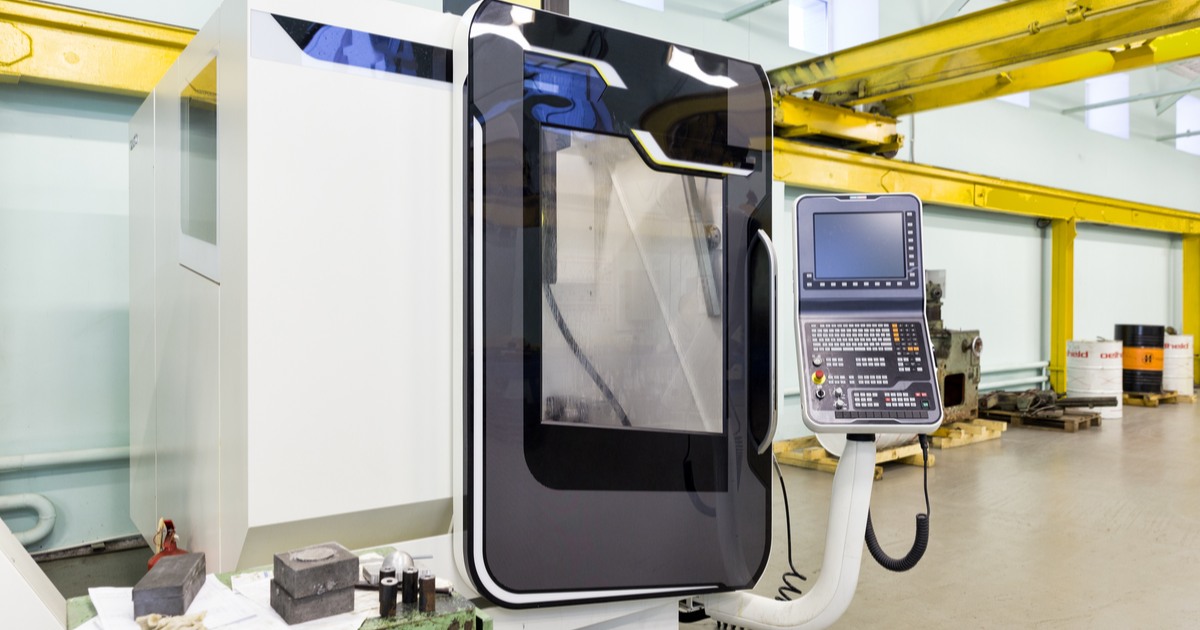For all the talk about 3D printing (also called additive manufacturing), the vast majority of metal products are shaped into their final form by subtracting material using metal machining processes.
Even when a component or product is cast, it is nearly always finished on a CNC machine. If your products include metal components, some material is very likely to be subtracted at some point of its fabrication.
So, our senior engineer Paul prepared a series of videos that cover (nearly) all you need to know on this topic.
1. The process of metal machining
This is an overview of the most common processes: Turning (lathe); Milling; Drilling; Reaming; Grinding; Boring; Honing; Broaching; Shaping; Laser engraving; EDM.
In the following videos, we will focus mostly on lathe and milling CNC machines.
2. Benefits of CNC machines
They have many advantages (especially of the most advanced ones) over the lower-tech equipment they replaced.
There is still a case for the use of manual lathe in some shops, but mass production nearly always calls for computer numerically controlled machines.
3. Machining centers
This video introduces:
- What is a ”machining center”?
- Vertical (milling) and its benefits
- Horizontal (milling) and its benefits
- 5-axis machining, its benefits, and a short video in action
4. Machining tolerance
If your design doesn’t include tolerances that make sense from a manufacturing point of view, it is immature. This important concept is covered as follows:
- Basic concepts: limits & fits
- The different ways of writing limits
- The three types of fits, with examples
- The standardized ISO system and its “preferred” fits
5. Geometric dimensioning and tolerancing (GD&T)
The target values and tolerances, the positioning of elements, and other crucial elements of mechanical drawings are expressed in the GD&T standard. This video explains:
- The standard: ASME Y14.5
- Fundamental rules
- Feature control frame: the 4 pieces of information
- Common GD&T symbols
- Common GD&T modifiers
- Benefits of using GD&T
6. Surface finishes
An important quality requirement is the finishing of the surface of machined metal items. To help you understand, and express, these requirements, we describe:
- The 3 characteristics of surface texture: waviness, roughness, and lay
- Measuring surface roughness: contact vs. non-contact
- What machining process typically yields what roughness – and typical cost comparison
- Comparators for visual examination
7. Dimensional control
Making a few samples within tolerance is one thing, but holding an entire batch within spec can be much harder. We have seen many Chinese manufacturers struggle with dimensional control. Here is what is covered here:
- Common reasons for variation in dimension
- Error proofing (poka-yoke): 2 examples on fixtures
- Inspection during the production process: 2 examples with a vision system
- Identification of critical dimensions
- Common measurement equipment: caliper, CMM…
- Precision and accuracy
(I wrote about the need to write measurements during dimensional control a few weeks ago.)
****
Do you currently import metal components or products which are machined? Perhaps you have experiences to share or questions that you’d like answers to? If that’s the case, please leave them as a comment below.
For more from myself and our senior engineer, Paul Adams, give this webinar a try…
Quality Assurance Policy For Importers In China [Webinar]
What is the 80/20 rule when it comes to QC in China? The answer is building a strong quality assurance policy of your own.
In this webinar, we’re going to explore key challenges facing importers from China, and the elements that compose a really solid, effective quality assurance policy.
Improving your quality assurance will help avoid poor quality products from hurting your business. Hit the button below to register to watch the webinar!


